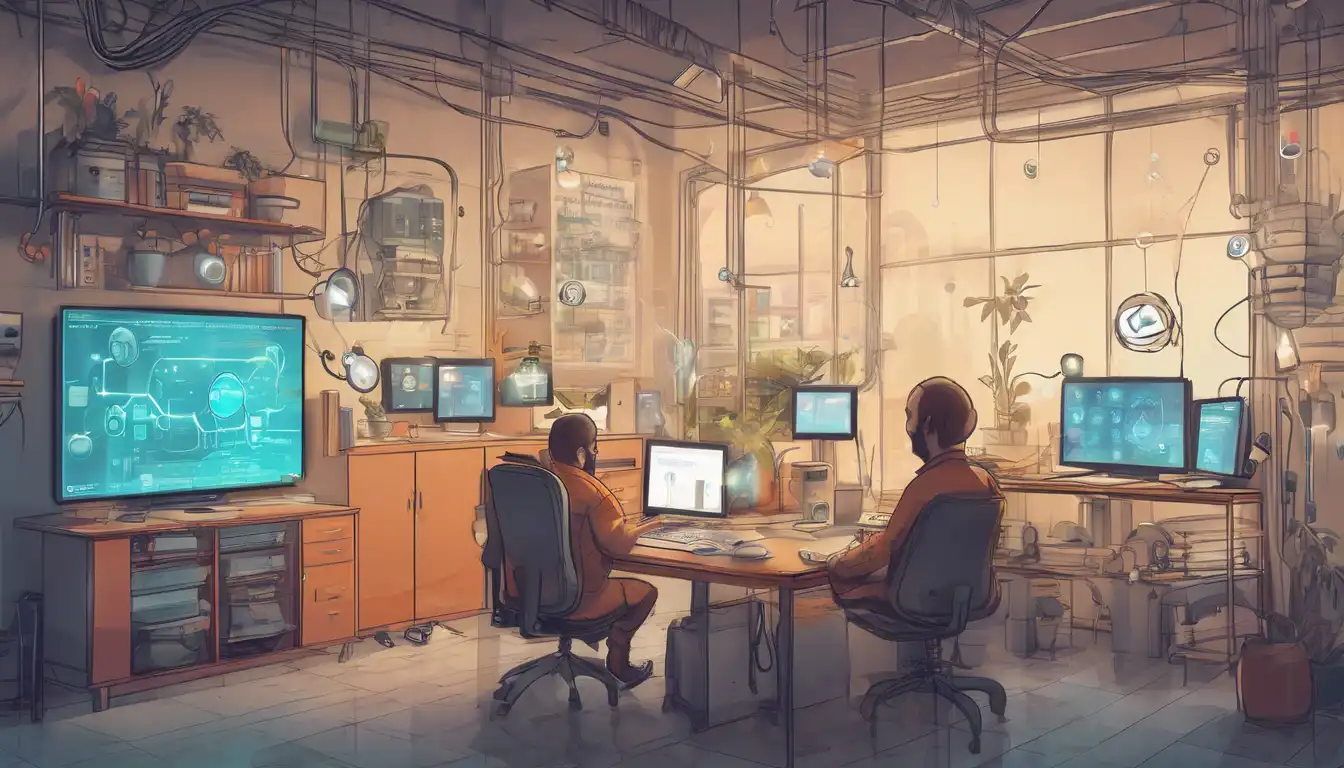Introduction to IoT Development
The Internet of Things (IoT) is revolutionizing how we interact with the world around us. From smart homes to industrial automation, IoT development is at the heart of this transformation. This guide is designed to help beginners take their first steps into the world of IoT development, covering the basics, tools, and strategies to get started.
Understanding IoT
IoT refers to the network of physical devices connected to the internet, collecting and sharing data. These devices range from ordinary household items like refrigerators and thermostats to sophisticated industrial tools. The key to IoT is the seamless communication between devices, enabling automation and smarter decision-making.
Essential Tools for IoT Development
To start with IoT development, you'll need a few essential tools:
- Development Boards: Platforms like Arduino and Raspberry Pi are popular among beginners for their ease of use and versatility.
- Sensors and Actuators: These components allow your devices to interact with the physical world.
- Programming Languages: Knowledge of languages such as Python, C++, and JavaScript is crucial for developing IoT applications.
- IoT Platforms: Services like AWS IoT and Google Cloud IoT provide the infrastructure to connect and manage your devices.
Getting Started with Your First Project
A simple project to begin with is creating a smart LED that you can control remotely. This project will introduce you to the basics of IoT development, including setting up your development board, connecting sensors, and writing code to control the device.
Best Practices for IoT Development
As you dive deeper into IoT development, keep these best practices in mind:
- Security: Always prioritize security to protect your devices and data from vulnerabilities.
- Scalability: Design your projects with scalability in mind to accommodate future growth.
- Interoperability: Ensure your devices can communicate with other systems and devices seamlessly.
Challenges in IoT Development
While IoT development offers endless possibilities, it also comes with its set of challenges, such as dealing with the diversity of devices, ensuring data privacy, and managing the complexity of large-scale deployments. Overcoming these challenges requires continuous learning and adaptation.
Conclusion
IoT development is an exciting field with the potential to transform our daily lives and industries. By starting with the basics, leveraging the right tools, and adhering to best practices, you can embark on a rewarding journey into IoT development. Remember, the key to success in IoT is experimentation and continuous learning.
For more insights into IoT and related technologies, explore our technology section.
